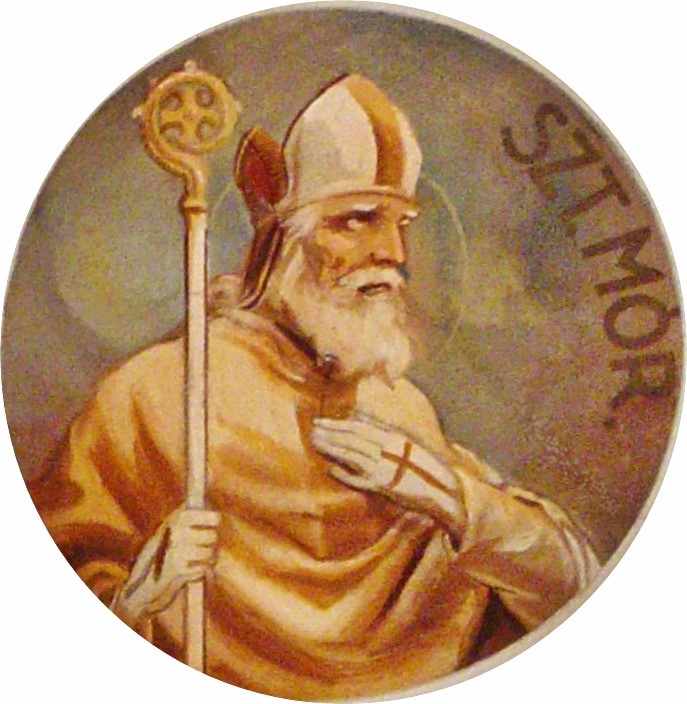Saint Maurus, the writer of the legend – Pécs
Fact of the Hungarian figure „St. Stephen and others – First christian saints in Hungarian Kingdom”
Part of the „The patrons and guardians of the land” topic
Saint Maurus, the second bishop of the Diocese of Pécs, was a significant figure in the early Christian history of Hungary. Born around 1000 into a prominent Hungarian family that had embraced Christianity by the end of the 10th century, Maurus was introduced to the Church at a young age. He entered the Benedictine abbey of Pannonhalma as a child, likely chosen by his parents for a religious career, and received his education there. His early dedication and accomplishments led him to eventually lead the monastery at Pannonhalma for nearly a decade.
In 1036, King St. Stephen appointed Maurus as the Bishop of Pécs, replacing the resigned Bonipert. Maurus served as bishop for more than three decades, during which time he played a crucial role in the completion and organization of the diocese, solidifying the Church’s influence in the region. Under his leadership, Pécs became an important ecclesiastical center in Hungary.
Maurus is perhaps best known for his literary contributions, particularly his role in writing the first Hungarian legends, including the Legend of Saint Gerard (Gellért) and the Legends of Saints Andrew-Zorard and Benedict. These works were instrumental in shaping the religious narrative of Hungary, preserving the stories of these early saints and promoting their veneration across the kingdom. Through his writings, Maurus helped to establish the sanctity of these figures, reinforcing the Christian identity that St. Stephen sought to cultivate.
Although the formal canonization of Maurus did not occur in the Middle Ages, his veneration persisted, especially within the Benedictine abbey of Pannonhalma. His significance is highlighted in the Legend of Saint Emeric, likely written in Pannonhalma in the mid-12th century, which suggests that Maurus was revered as a saint even though his cult was not officially recognized at the time. The formal recognition of his sainthood was eventually initiated by János Scitovszky, Bishop of Pécs, in 1848.
Maurus’s legacy as both a bishop and a writer of saints’ legends left an enduring mark on Hungary’s Christian heritage. His work helped to solidify the foundations of the Hungarian Church and ensured that the spiritual contributions of Hungary’s early saints would be remembered and honored for generations.





